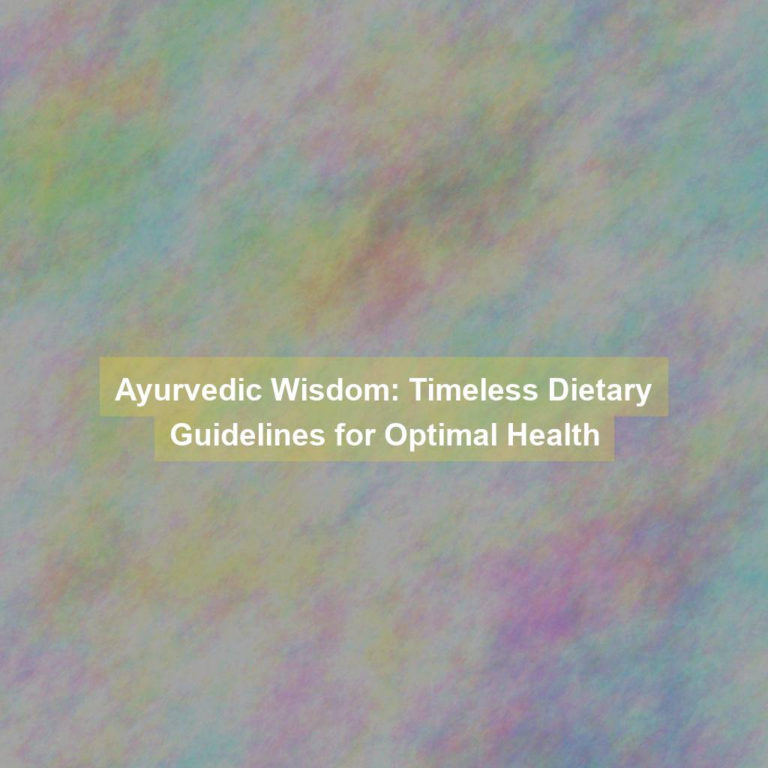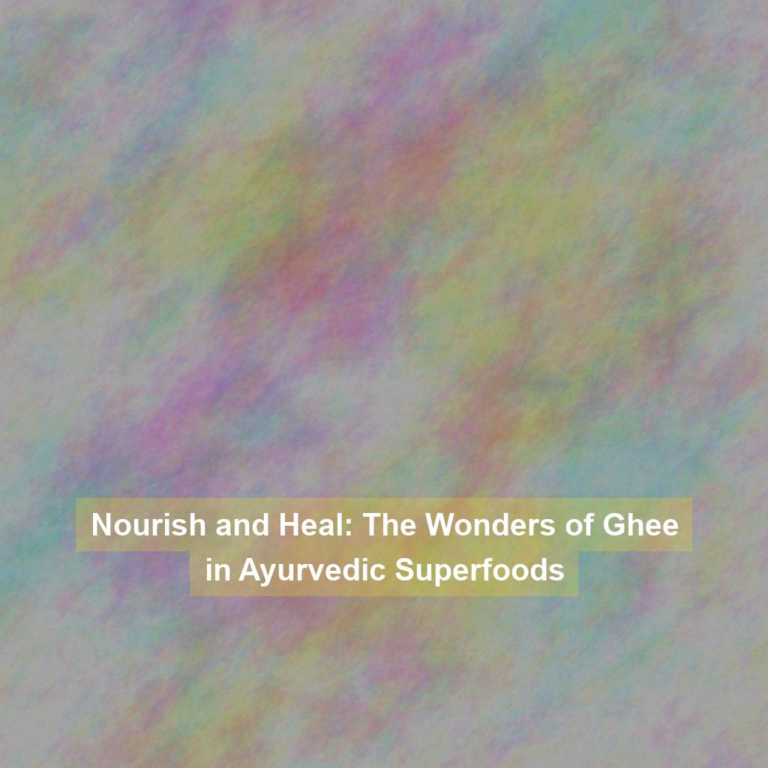Did you know that according to Ayurveda, an estimated 80% of the population has a dominant dosha that influences their physical and emotional characteristics? Understanding how to balance these doshas through nutrition is key to achieving overall well-being and harmony in your life.
By learning how to identify your dominant dosha and implementing specific dietary and lifestyle practices, you can effectively bring balance and vitality to your mind and body.
But how exactly does this ancient system of medicine approach dosha balancing, and what practical steps can you take to achieve harmony?
The Three Doshas: Vata, Pitta, Kapha
Understanding the three doshas – Vata, Pitta, and Kapha – is essential for comprehending the principles of Ayurvedic nutrition. Each dosha represents a combination of the five elements found in nature: space and air for Vata, fire and water for Pitta, and water and earth for Kapha. Vata, associated with movement, governs bodily functions related to mobility, such as breathing and muscle contractions. Pitta, aligned with transformation, regulates digestion, metabolism, and energy production. Kapha, linked to stability, controls the structure and lubrication of the body.
In Ayurvedic philosophy, each person has a unique combination of these doshas, known as their prakriti. This individual balance affects their physical and mental characteristics, as well as their susceptibility to imbalances or diseases. By understanding your dominant dosha, you can tailor your diet to maintain equilibrium and promote overall well-being. For example, if you have a dominant Vata constitution, you might benefit from warm, grounding foods to counterbalance its cold, erratic nature. Recognizing and balancing your doshas is fundamental to achieving optimal health and vitality according to Ayurvedic principles.
Identifying Your Dominant Dosha
To identify your dominant dosha, consider your physical and mental attributes as well as your susceptibility to imbalances or diseases. Take note of your body type, metabolism, and emotional tendencies. Vata individuals tend to have a slender frame, dry skin, and are prone to anxiety and digestive issues. Pitta types usually have a medium build, sensitive skin, and may experience irritability and inflammation. Kapha constitutions often have a larger physique, oily skin, and may struggle with lethargy and respiratory problems.
Pay attention to your digestion, as each dosha has its own distinct pattern. Vata types may experience irregular digestion, while pitta individuals tend to have strong digestion but may be susceptible to heartburn. Kapha digestion is often slow and steady but can lead to feelings of heaviness.
Additionally, observe your response to stress and how you handle challenges. Vata individuals tend to feel overwhelmed and anxious, pitta types may become easily frustrated, and kapha individuals might resist change and hold onto grudges. Understanding these aspects of yourself can help you determine your dominant dosha and tailor your diet and lifestyle to achieve balance.
Understanding Dosha Imbalance
If you notice persistent physical discomfort or emotional unease, it may indicate an imbalance in your dosha. In Ayurveda, dosha imbalance can manifest in various ways, such as digestive issues, skin problems, anxiety, irritability, or fatigue. When your doshas – Vata, Pitta, and Kapha – are out of balance, it can disrupt your overall well-being. Understanding the signs of dosha imbalance is crucial for taking the necessary steps to restore harmony within your body and mind.
Vata imbalance may lead to symptoms like dry skin, constipation, restlessness, and fear. Pitta imbalance can cause inflammation, heartburn, anger, and perfectionism. Kapha imbalance often results in weight gain, congestion, attachment, and lethargy. Recognizing these patterns in your physical and emotional state is the first step towards addressing dosha imbalance.
It’s important to remember that dosha imbalance isn’t a one-size-fits-all situation. Each individual may experience different symptoms, and the approach to rebalancing the doshas will vary accordingly. By being attuned to your body and mind, you can proactively address dosha imbalances and work towards restoring equilibrium through personalized Ayurvedic practices and dietary adjustments.
Balancing Doshas Through Nutrition
Balancing your doshas through nutrition involves identifying foods that align with your body’s specific needs and incorporating them into your daily diet. In Ayurveda, each dosha has its own unique characteristics, and the key to balance lies in consuming foods that pacify or counteract any excessive qualities in your dominant dosha.
For example, if you have an excess of Vata dosha, incorporating warm, nourishing foods like cooked grains, root vegetables, and soups can help bring balance. On the other hand, if you have an excess of Pitta dosha, favoring cooling foods such as sweet fruits, leafy greens, and dairy products can be beneficial. Similarly, for Kapha dosha imbalance, focusing on light, warming foods like legumes, spicy herbs, and astringent fruits can aid in restoring equilibrium.
It’s also important to consider the six tastes in Ayurvedic nutrition – sweet, sour, salty, pungent, bitter, and astringent – and aim for a balanced intake of all six tastes to support overall dosha harmony. By making mindful choices about the foods you consume, you can effectively support your body in maintaining dosha balance and overall well-being.
Ayurvedic Tips for Dosha Harmony
Identifying your dominant dosha and understanding its specific needs is essential for achieving dosha harmony in Ayurvedic nutrition. Once you have determined your dosha, follow these Ayurvedic tips to maintain balance:
-
Eat According to Your Dosha: Adjust your diet to suit your dominant dosha. For example, if you’re a Vata dosha, focus on warm, nourishing foods to counterbalance its cold and erratic nature.
-
Embrace Regular Eating Patterns: Stick to consistent meal times to support digestion and maintain equilibrium within your doshas.
-
Mindful Eating: Pay attention to the tastes, textures, and smells of your food. This practice aids in digestion and ensures that you’re satisfying all your senses during meals.
-
Avoid Overeating: Overindulging can disrupt the balance of your doshas, leading to discomfort and digestive issues.
-
Choose Cooked Foods: Opt for warm, cooked meals over raw, cold ones as they’re easier to digest and help pacify Vata and Kapha doshas.
Conclusion
In conclusion, understanding your dominant dosha and recognizing signs of imbalance is key to achieving harmony in your body and mind.
By incorporating ayurvedic principles into your nutrition and lifestyle, you can work towards balancing your doshas and promoting overall well-being.
Remember to listen to your body, make mindful food choices, and embrace the wisdom of ayurveda to support a balanced and harmonious life.







